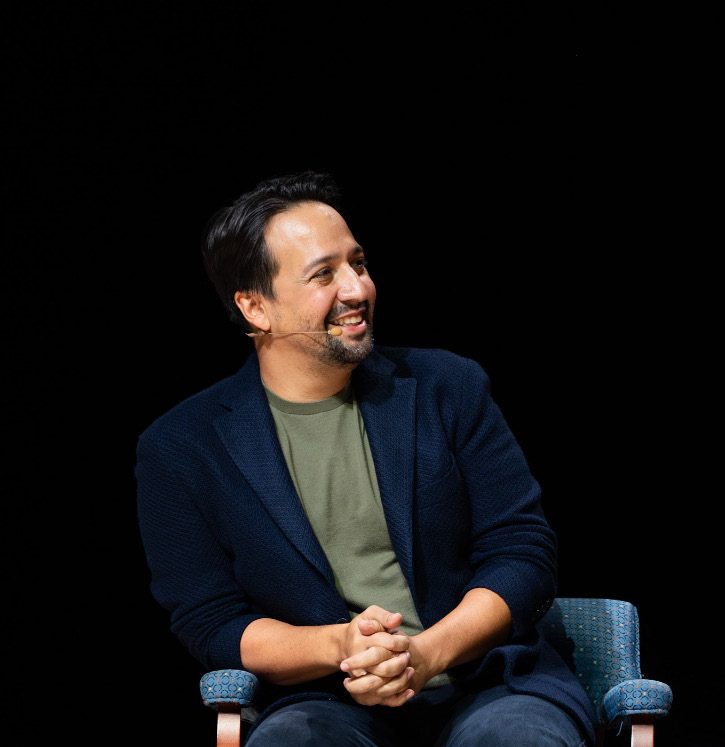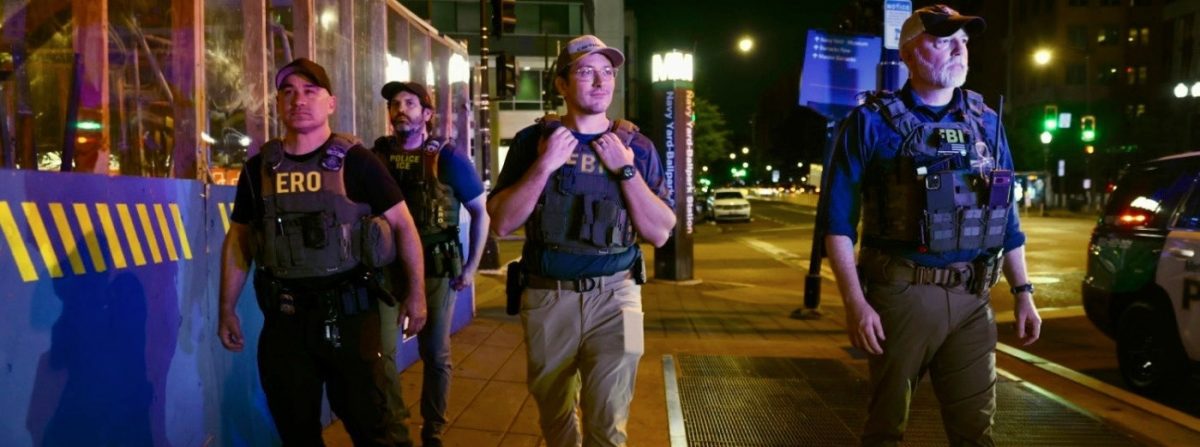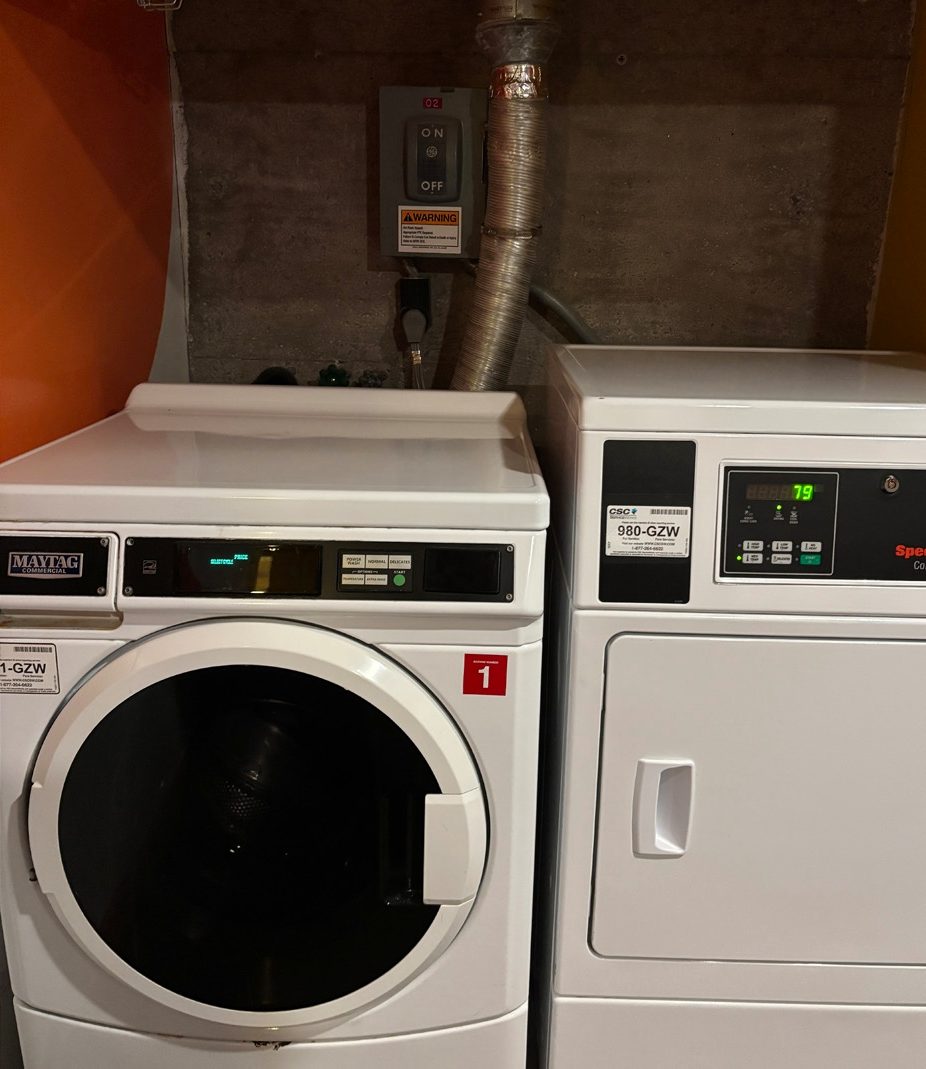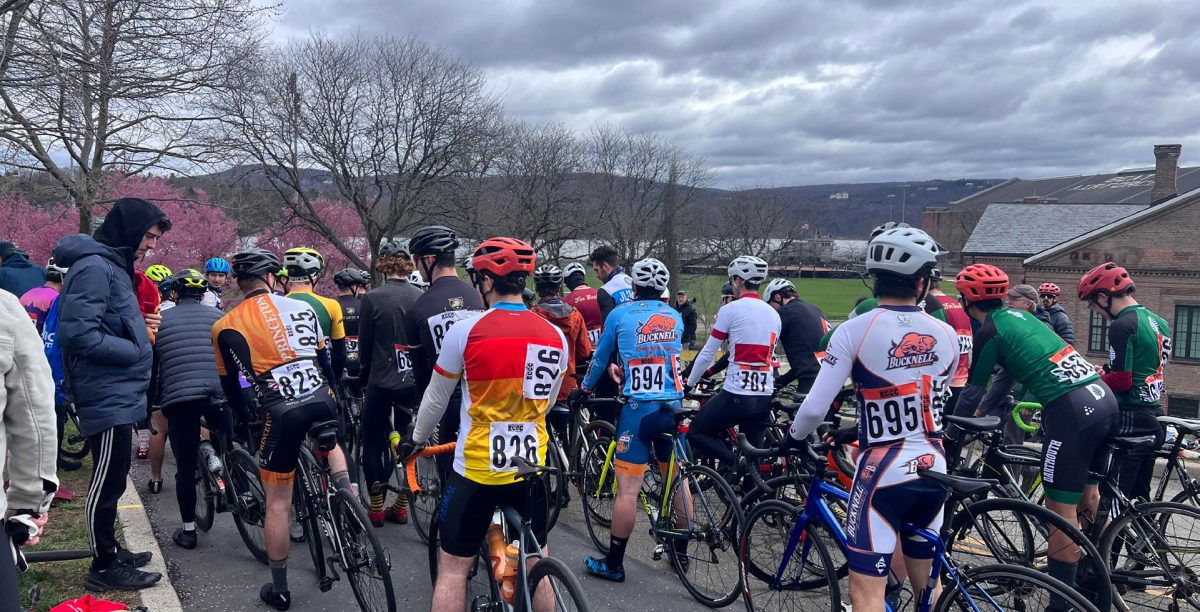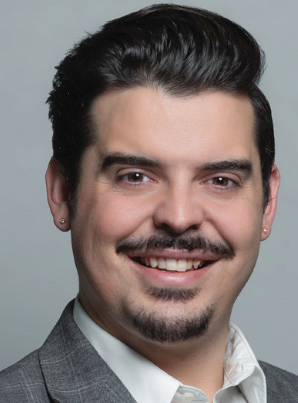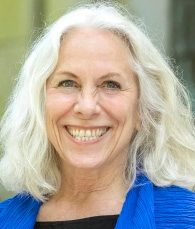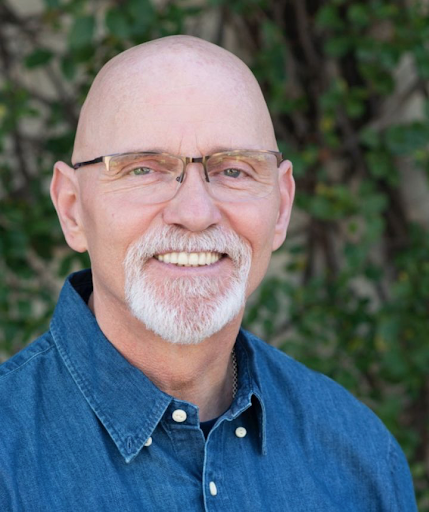
“When I was nineteen, I killed a man in a drunken, drugged-up fistfight. Anyone who knew me could have seen it coming.” This begins Kenneth Hartman’s memoir
Mother California
and so too began his reading to a crowd of Hamilton students and community members on Wednesday, Nov. 6, in the Fillius Events Barn.
As his book’s introduction suggests, much of Hartman’s developmental years were spent in environments so marred with violence, addiction, and darkness, that his extensive experience in the Los Angeles Youth Authority was an obvious progression of his young life. By the time he had reached the earliest years of adulthood, he was, in his own words, “a coiled spring of hostility” with “the dead eyes familiar to prison guards and combat veterans.” The violence and rage that burned inside him was born from a deep-seated fear and isolation and bred by a system that never had any intention to help those in its care. It was these qualities that lead to the killing of Thomas Alan Fellowes in February of 1980. For this, Hartman was given life without the possibility of parole.
Decades later, Hartman became an outspoken activist for prison reform, a speaker, and a multi-award winning author. Far from their once hardened and “dead” state, his eyes now glow with warmth and pride when he speaks about his daughter, whom he calls every single day. In all regards, the man who spoke to us this past Wednesday was a far cry from his earlier self, a hard-won victory against one of America’s most brutal prison systems. The transformation was far from immediate, with Hartman’s first years in prison characterized by a rash of fistfights not unlike those from the outside world. With time, however, he became attuned to the struggles facing himself and his fellow prisoners, particularly those serving a sentence of life without parole.
He would go on to use his time to develop his skills as a writer, as well as work towards creating programs that would benefit prisoners. One such program known informally as the “Honor Yard” involved the devotion of one of the prison’s four areas to create an environment that incentivized positive behavior among its residents. In this yard, drug use, violence, and all manner of negative behaviors were entirely forbidden. In return, the residents were given an environment where they could “work to make themselves better, to heal,” as opposed to solely focusing on protecting themselves from other prisoners and the rampant abuse from the guards. The program was a massive success, even resulting in the passing of legislation to pursue more programs of this variety.
During his sentence, Hartman’s activism came through extensive work as a jailhouse lawyer (an inmate who assists fellow prisoners with legal matters), and perhaps most famously, his work as a writer. He published acclaimed essays in both The New York Times and Harper’s Magazine, the latter of which featured his piece “The Other Death Penalty,” which critically examines the extreme overuse of the life without parole sentence in the American Penal System. The inherent cruelty that accompanies a life without parole sentence is a consistent focus in Hartman’s writing and work as an activist. His second book,
Too Cruel, Not Unusual Enough
, is a collection of essays from himself and multiple other authors facing the same sentence and looks at the negative influence what it has on life in and out of prison.
On Thursday, the morning after the reading, Hartman sat with a group of Hamilton students for an open and honest discussion about the need for prison reform in America, moderated by Hamilton Professor of Literature and Creative Writing Doran Larson. The topics of conversation varied from curiosity as to what life in prison actually entailed to how media portrayals of prison life affect those in America’s prisons. To the latter point, Hartman described not only how inaccurate most pieces of media are, but also how they contribute to the dehumanization of prisoners, relegating them to a simple, violent, and incredibly damaging stereotype.
As the meeting drew to a close, the core of the discussion centered around two primary topics: “What needs to be fixed? And how do we fix it?” Of course, neither of these questions has a single complete answer, and as became clear very quickly, it would in fact be easier to list what the American penal system is doing correctly. However, as Hartman explained, we could learn a great deal from some of the prison systems in European countries and the adoption of some of their practices could yield a substantial benefit to all members of our society. Implementation of things like maximum sentencing, actual training for prison guards, and access to healthcare in prison would all be massive improvements. Furthermore, an immediate emphasis on preventing the dehumanization of prisoners must be a focus moving forward if we are to fix our broken system. Everything from the food, lack of outreach programs, and abuses at the hands of untrained guards, to the removal of the vote for prisoners, contribute heavily to the dehumanization of those in the system, a trend that Hartman references as being “One of the most harmful and damaging elements of prison life.”
As the conversation ended, one last question hung in the air. Do you have hope that we can fix this system? The degree to which those in power wish to maintain this system for the sake of profit is immense, and to some it may even seem unimaginable to perform the overhaul that is so dearly needed. Then again, Hartman is a man who has seen firsthand just how powerful hope in the face of adversity can be, and after a second, he said simply: “I believe that it is possible that we can make real changes and that is what I intend to do until I’m no longer vertical.” He continues to say that the reason he so often speaks to university and college groups is because he hopes one day we may be the ones to make those changes.






